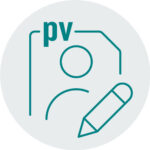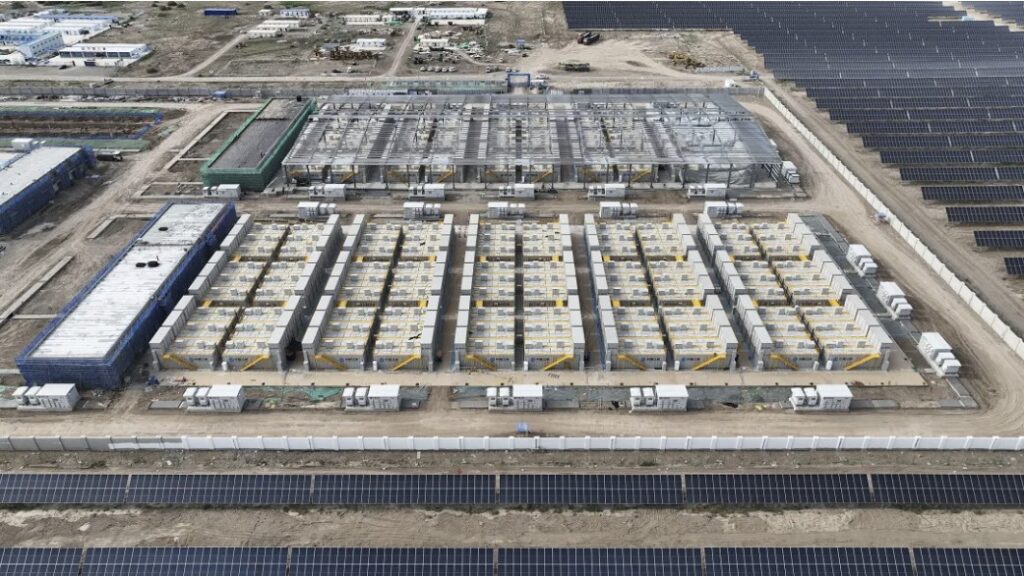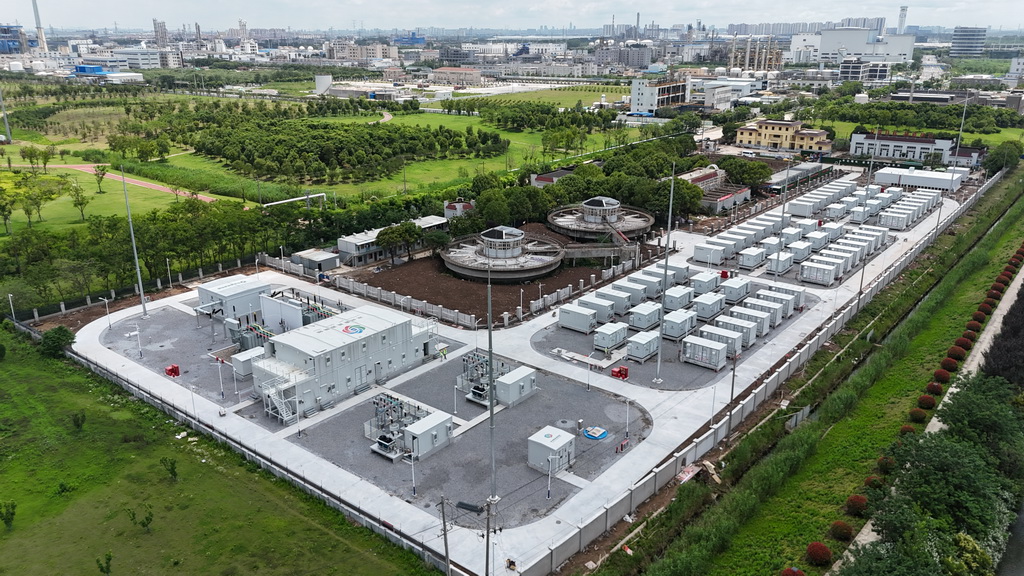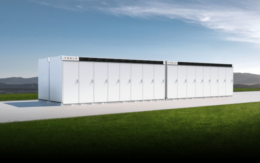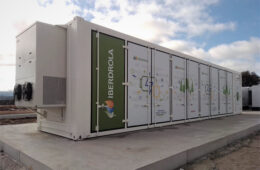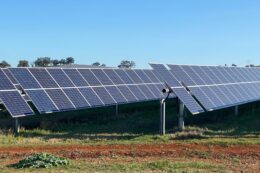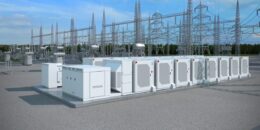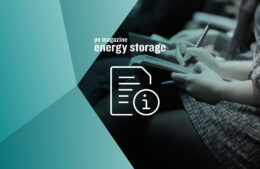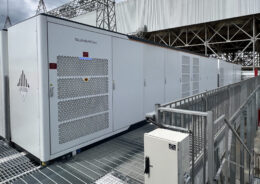Powerco trials New-Zealand-first power pole mounted batteries
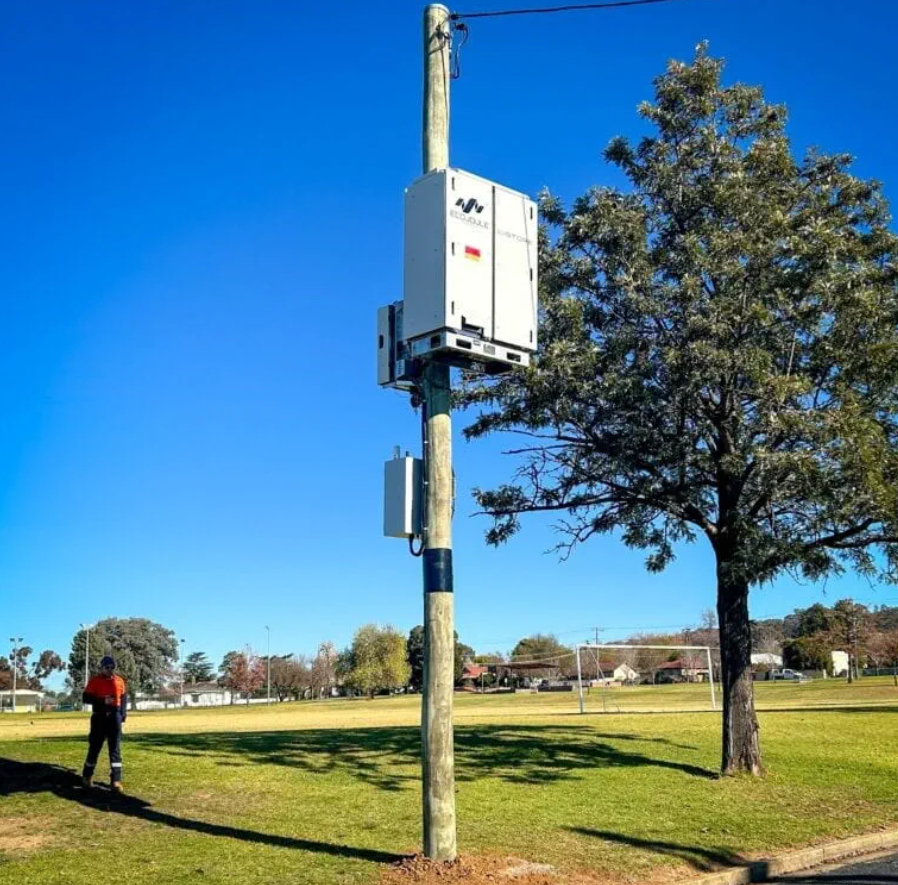
New Zealand electricity distribution company Powerco has introduced low-voltage BESS into the country.
Powerco is starting a trial on five power poles in the North Island community of Tauranga.
Located in the suburb of Greerton, 220 km southeast of Auckland, the neighborhood has had intensive housing, resulting in there being more houses than the electricity network was originally designed for.
Powerco general manager for electricity, Karen Frew, said chargeable batteries are an innovative way of supplying the neighborhood at peak electricity use times.
“We’re the first electricity distribution company to use this innovative technology in New Zealand. It’s used successfully in Australia,” Frew said. “However, as they are new equipment on our network, we’ll be monitoring their performance to ensure they are helping supply enough power during peak demand in the neighborhood.”
Bidirectional power flows

While the BESS units in Greerton are designed to help with electricity supply during peak grid demand times in the suburb, Powerco is preparing for the future of electricity, with BESS units integral, as the company moves towards being an electricity distribution system operator (DSO).
Powerco DSO Programme Director Ryno Verster said the future will see widespread bidirectional power flows.
“This is where electricity flow isn’t one way – from power lines to customers. Instead, homes and businesses will produce their own renewable electricity via the likes of solar panels on their roof, use it, and feed what’s not used back into the electricity network,” Verster said. “This way of distributing electricity and supporting communities is the future of electricity. Customers generating power via the sun can, rather than wasting or storing production in batteries in their homes, which is unattainable for many, store excess energy on the network.
“Here, it will be ready to sustainably top-up local homes and businesses’ power when it’s needed.”
From pv magazine Australia.
